I recently discovered a cover with the earliest documented use (EDU) of the 10-cents Webster stamp (Scott #307) on eBay. This is the second cover I found sent on March 7, 1903.
I previously found a remarkable registered cover to Hungary and had it certified by the American Philatelic Society (APS) as the new EDU, soundly besting the previous date by five days. Unfortunately, I had wrongly assumed the APS expertising department sent discoveries to the Scott Catalog editors. The wrong EDU date has remained in the catalog for the past eight years. The editors have now been contacted about both covers, and the earlier date should be reflected in the 2020 catalog.

Registered large envelope from Pittsburg, Pa. to Hungary by way of New York. Franked with a total of 48¢ paying the 8¢ registry fee plus eight times the UPU letter rate for less than four-ounces. The franking shows a mixed use of both 1st and 2nd Bureau stamps. Most 2nd Bureau stamp EDUs occur in early 1903.
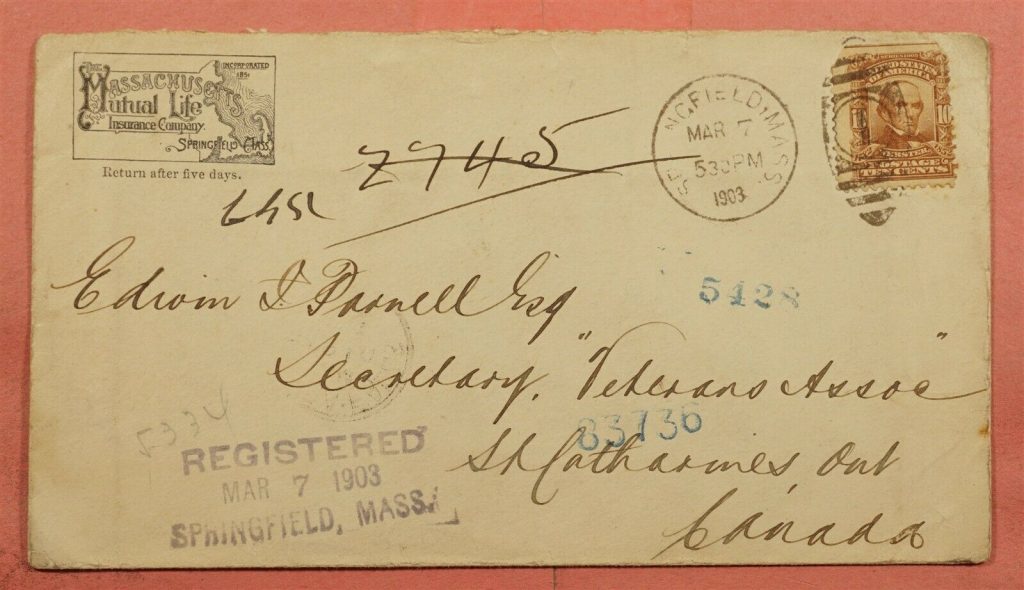
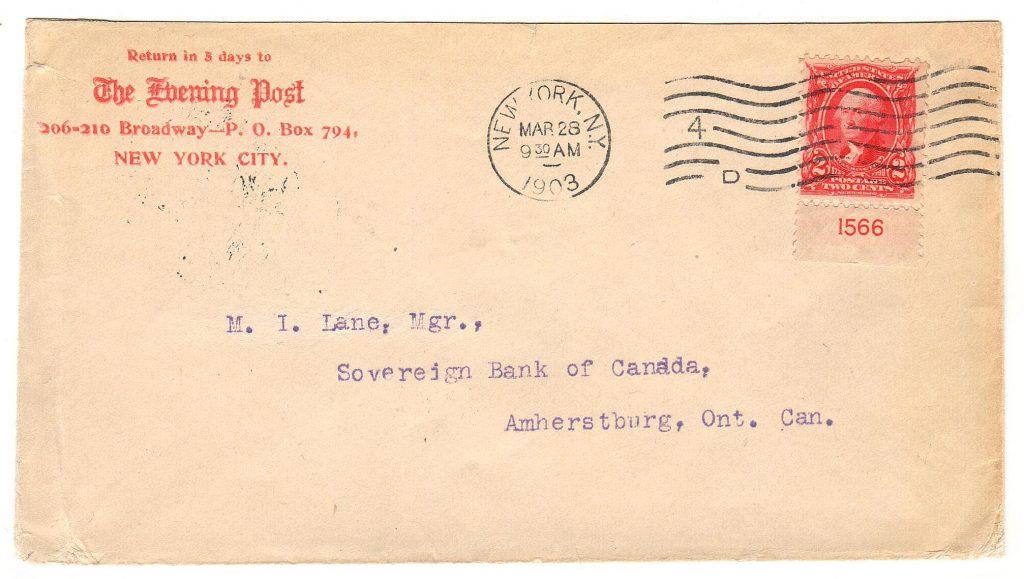
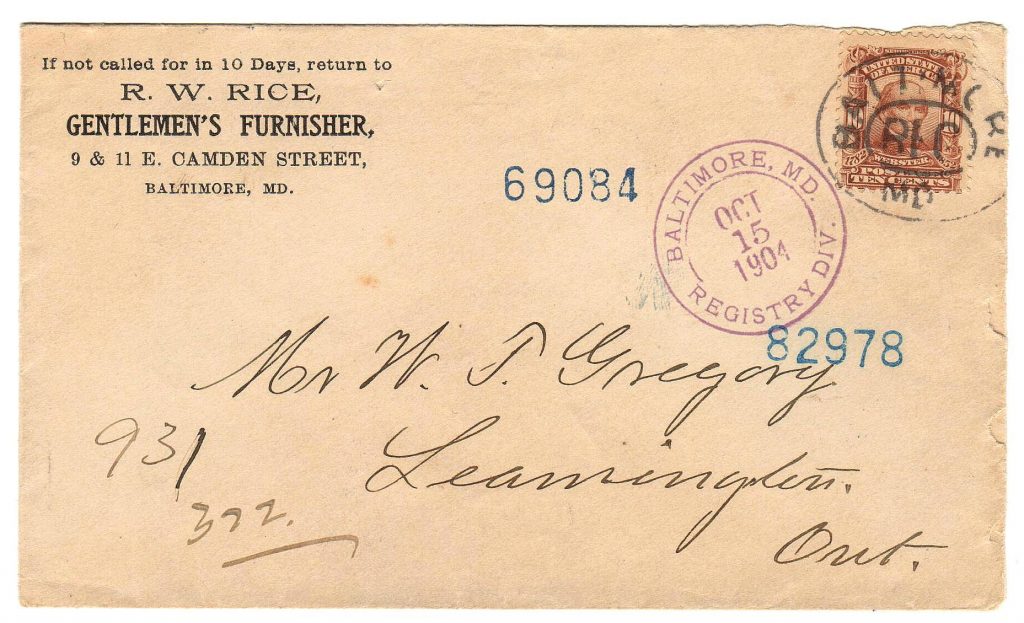
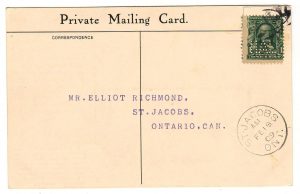
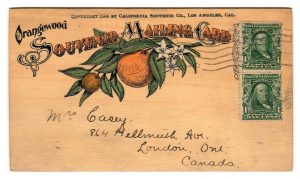
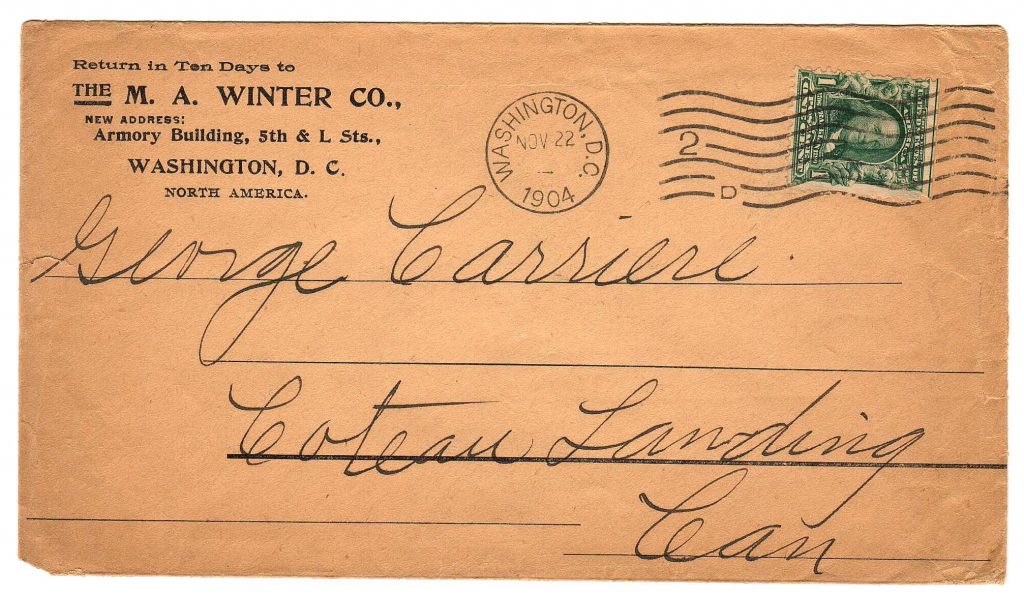
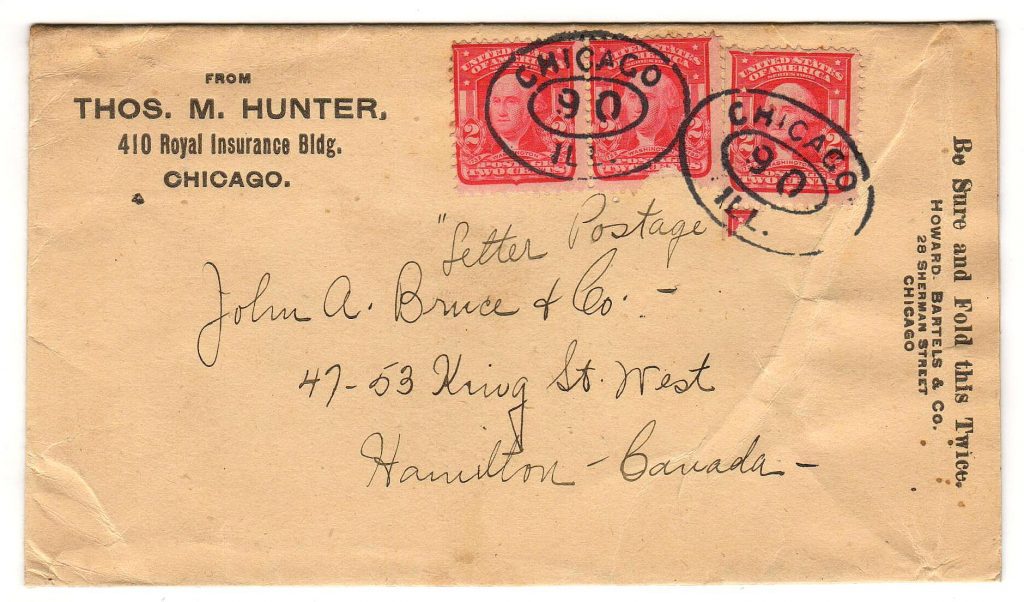
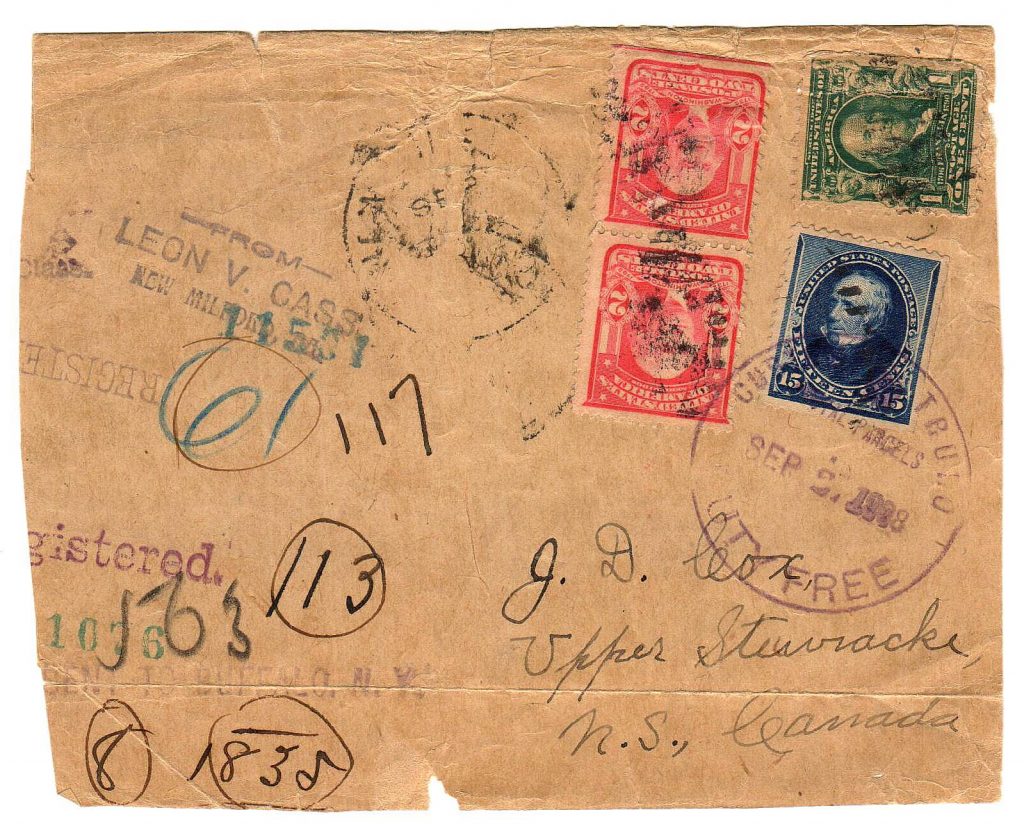
Recent Comments